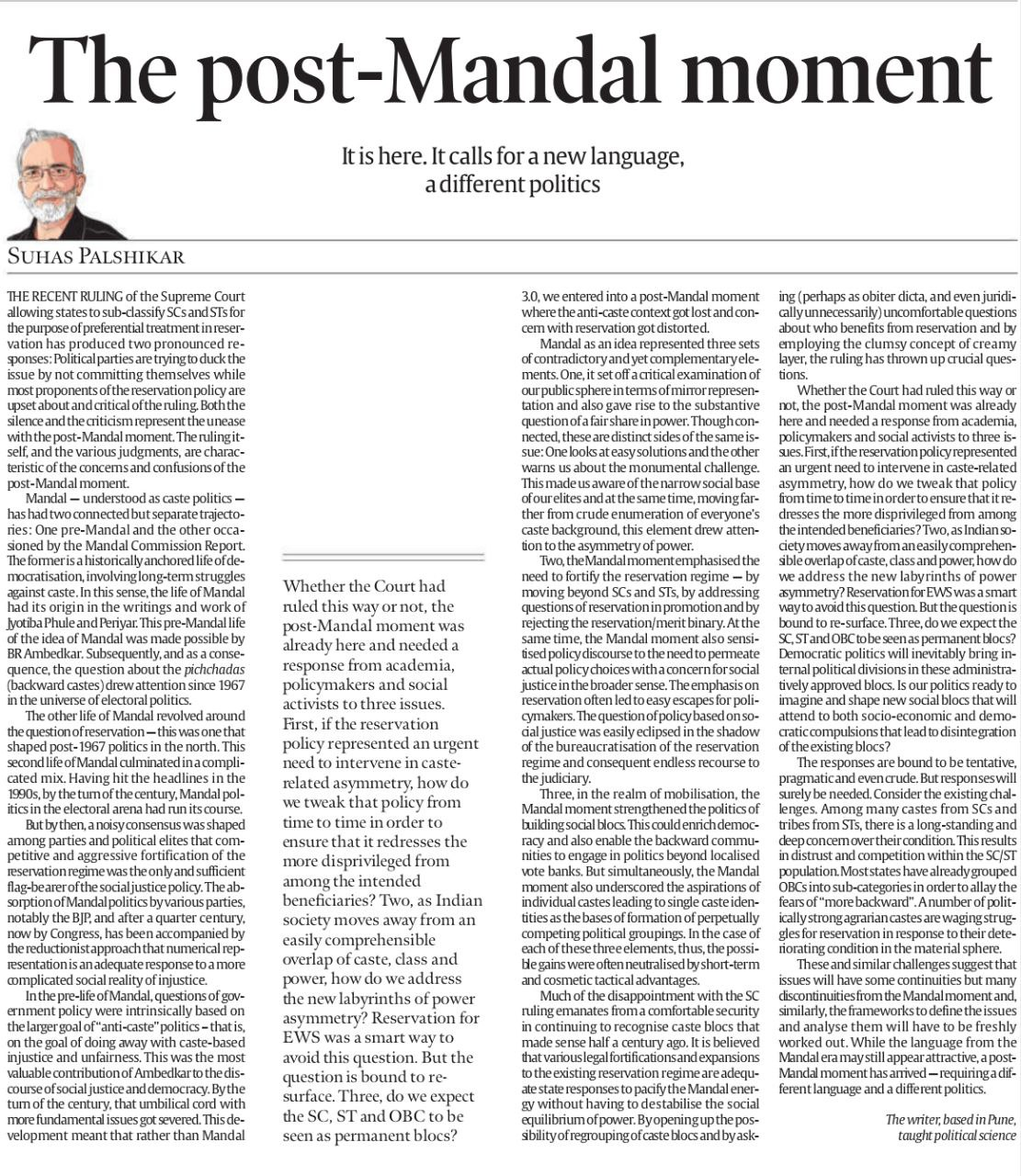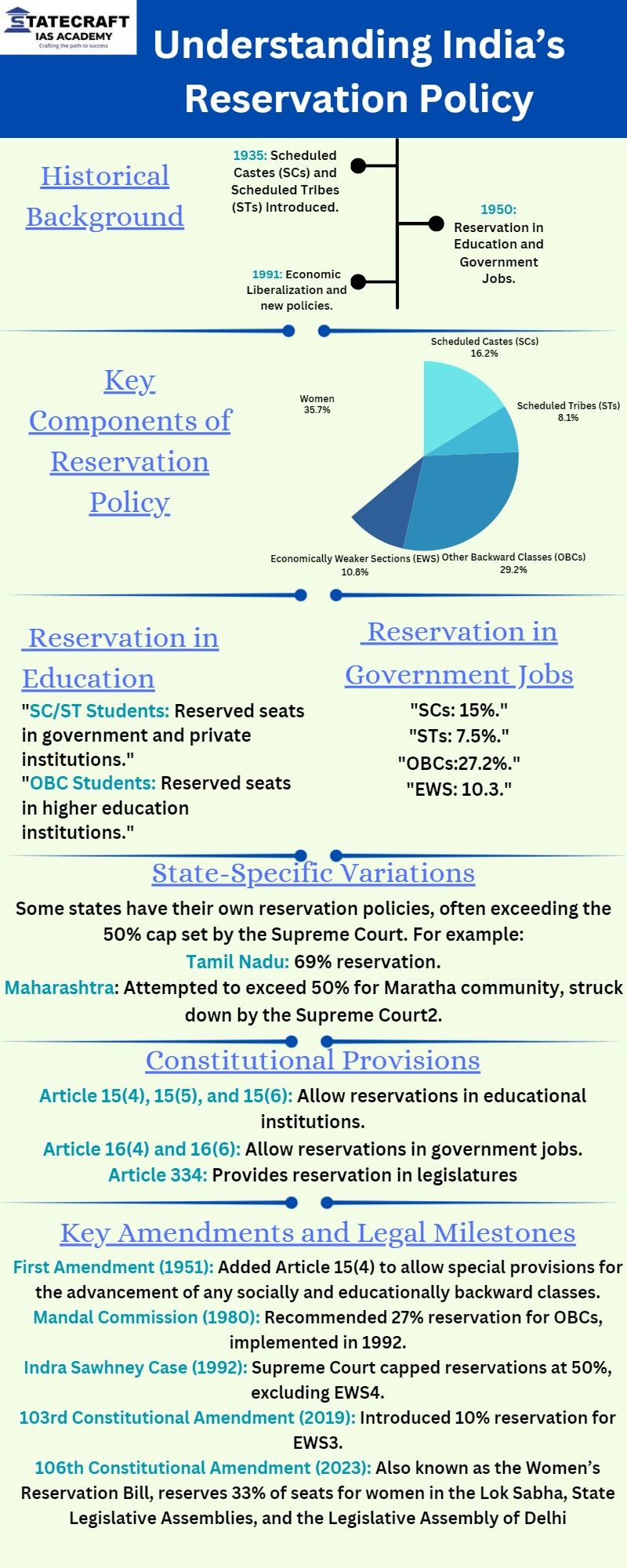1. Analysis: Lessons for India from South Asian Tumult
Introduction
The recent political upheavals in South Asia—from the Taliban takeover in Afghanistan to the political crises in Pakistan, Sri Lanka, Bangladesh, and the Maldives—underscore crucial lessons for India. These events not only reveal regional issues but also have significant implications for India’s foreign policy and regional strategy.
Lessons and Recommendations
- Proactive Engagement
Issue: India’s failure to anticipate and engage with the growing discontent in Bangladesh and the abrupt political changes elsewhere highlights a major issue in diplomatic strategy.
Implication: India must adopt a more proactive approach, ensuring its diplomats maintain robust connections with all political factions, including opposition parties. This approach would help India better gauge regional shifts and prepare for potential impacts.
- Pragmatic Diplomacy
Issue: India’s previous support for the Taliban and its warm relations with Sri Lanka’s Janatha Vimukthi Peramuna (JVP) illustrate a problematic approach to diplomacy.
Implication: Engaging pragmatically with all stakeholders, rather than aligning with one side, is crucial. This strategy allows India to manage uncertainties and maintain its regional influence effectively.
- Avoiding Communal Bias
Issue: The Citizenship Amendment Act (CAA), which prioritizes non-Muslims from Muslim-majority countries, has created regional tensions and backlash.
Implication: India should avoid policies that are perceived as communal or sectarian. Emphasizing universal democratic principles rather than communal considerations can improve regional relationships and mitigate adverse reactions.
- Reviving Regional Mechanisms
Issue: The decline of regional cooperative frameworks like SAARC and BIMSTEC due to strained relations and external influences highlights a critical issue.
Implication: India needs to revive and strengthen regional mechanisms to counterbalance external powers and address shared challenges. Reinforcing these platforms can help India assert its leadership and stabilize regional dynamics.
Conclusion
The recent turmoil in South Asia offers valuable insights for India. Addressing the issues of proactive engagement, pragmatic diplomacy, avoiding communal biases, and revitalizing regional mechanisms is essential. By learning from these lessons, India can better navigate regional complexities and enhance its strategic positioning in South Asia.
Mains Practice Question:
|
Q1. Analyze the key lessons India can learn from the recent political upheavals in its South Asian neighborhood and discuss how these lessons can be applied to enhance India’s diplomatic strategies. Q2. Critically evaluate India’s approach to neighborhood diplomacy in light of recent events in South Asia. How should India adjust its foreign policy to better manage regional turbulence and ensure its strategic interests are safeguarded? |
2. Post-Mandal Moment and Reservation Policy
Background
- Mandal Commission: The Mandal Commission (1980) recommended reservations for Other Backward Classes (OBCs) in government jobs and educational institutions. This marked a significant shift in Indian politics, with a focus on caste-based reservations.
Post-Mandal Moment
Supreme Court Ruling: The recent Supreme Court ruling allows states to sub-classify Scheduled Castes (SCs) and Scheduled Tribes (STs) for preferential treatment in reservations. This ruling has sparked debate and reflects ongoing concerns of the post-Mandal era.
Historical Context
- Pre-Mandal Era: The pre-Mandal phase was focused on anti-caste politics, driven by leaders like Jyotiba Phule, Periyar, and B.R. Ambedkar. Their aim was to eradicate caste-based injustices and promote social equality.
- Mandal Era: The Mandal Commission’s recommendations led to significant political shifts, focusing on numerical representation and reservations as the primary tools for achieving social justice.
Key Issues in the Post-Mandal Moment
- Reservation Policy Adjustments:
- Current Challenge: How to adjust reservation policies to effectively target the most disadvantaged within SC, ST, and OBC categories.
- Historical Context: The reservation policy has become a tool for addressing caste-related asymmetries, but it needs periodic review to remain effective.
- Complex Power Asymmetries:
- Emerging Issues: As Indian society evolves, traditional overlaps of caste, class, and power are becoming more complex.
- EWS Reservation: The reservation for Economically Weaker Sections (EWS) was a partial solution but does not address deeper power asymmetries.
- Changing Caste Blocs:
- Dynamic Nature: SC, ST, and OBC categories may no longer represent static blocs. Internal divisions and evolving social dynamics challenge the notion of permanent categories.
- Political Response: There is a need to rethink and redefine social blocs to address socio-economic and democratic changes.
Implications of the Supreme Court Ruling
- Legal and Political Ramifications: The ruling on sub-classification and the use of the “creamy layer” concept highlights the need for nuanced approaches to reservation policy.
- Future Directions: There is a need to move beyond simplistic numerical representation and address broader issues of social justice and inequality.
Recommendations for Future Policy
- Policy Adaptation: Regularly update reservation policies to reflect the current socio-economic conditions and ensure they benefit the most marginalized individuals.
- Addressing Power Dynamics: Develop strategies to tackle complex power asymmetries that go beyond caste-based reservations.
Reimagining Social Blocs: Adapt political strategies to acknowledge and address the evolving nature of social and economic divisions.




